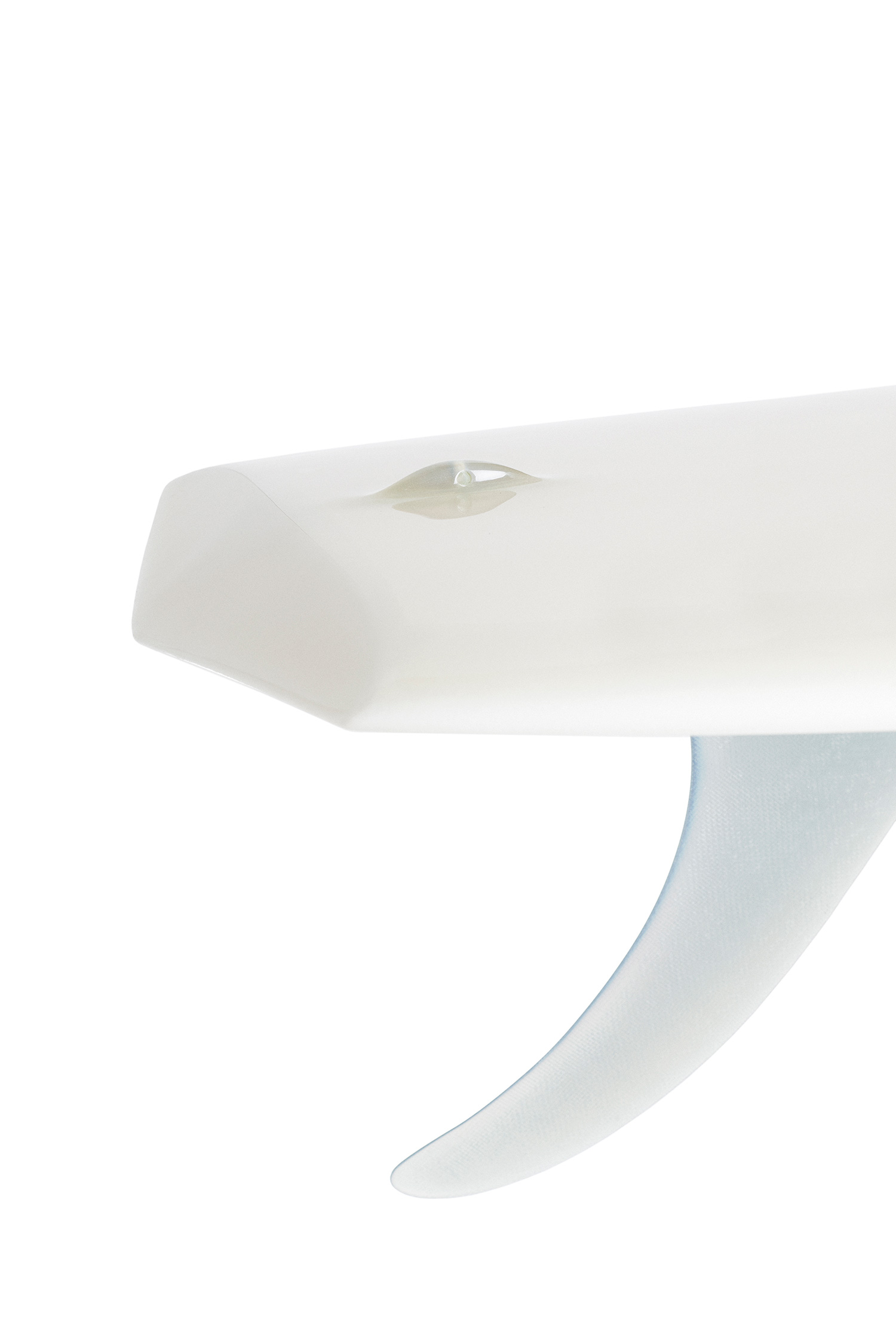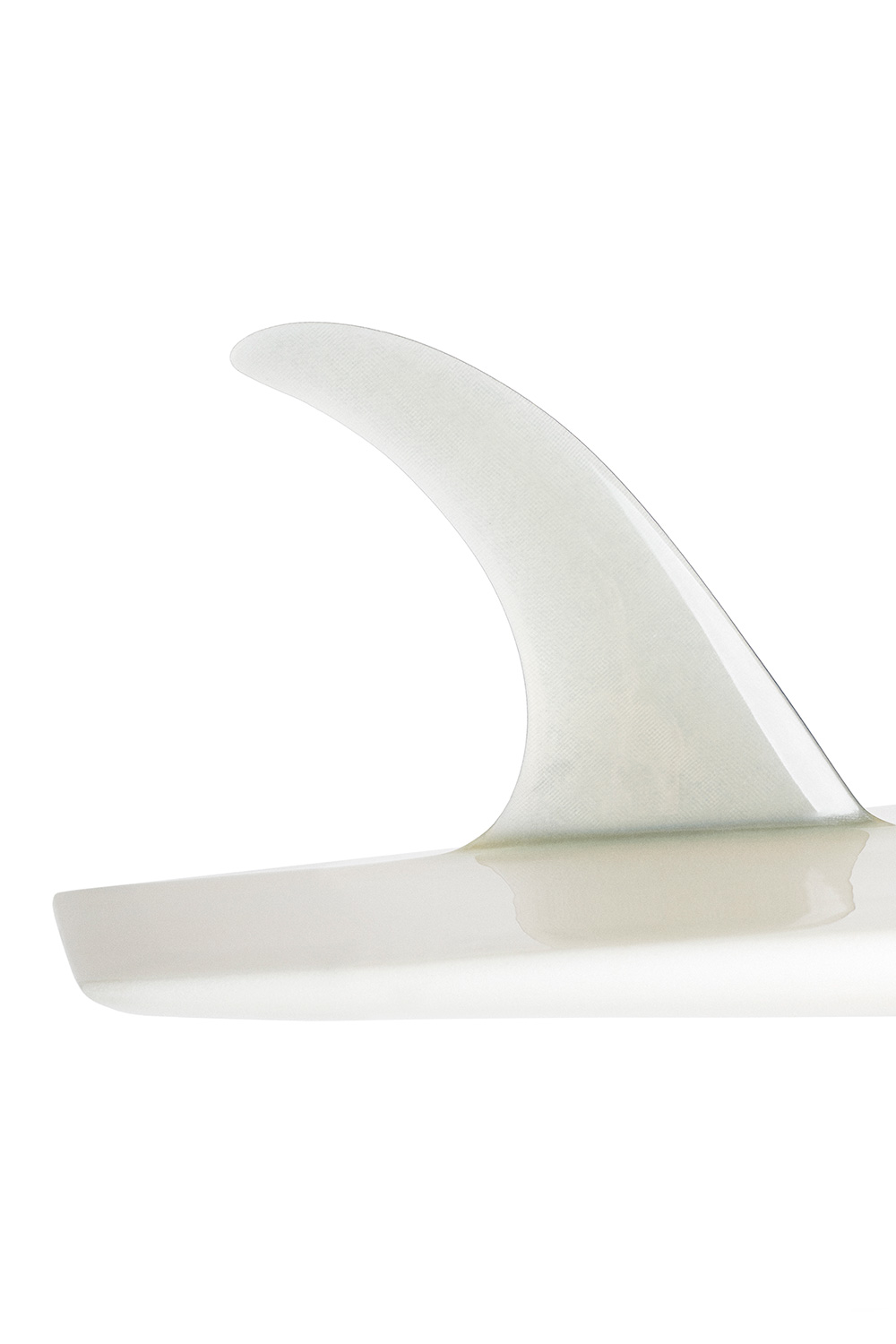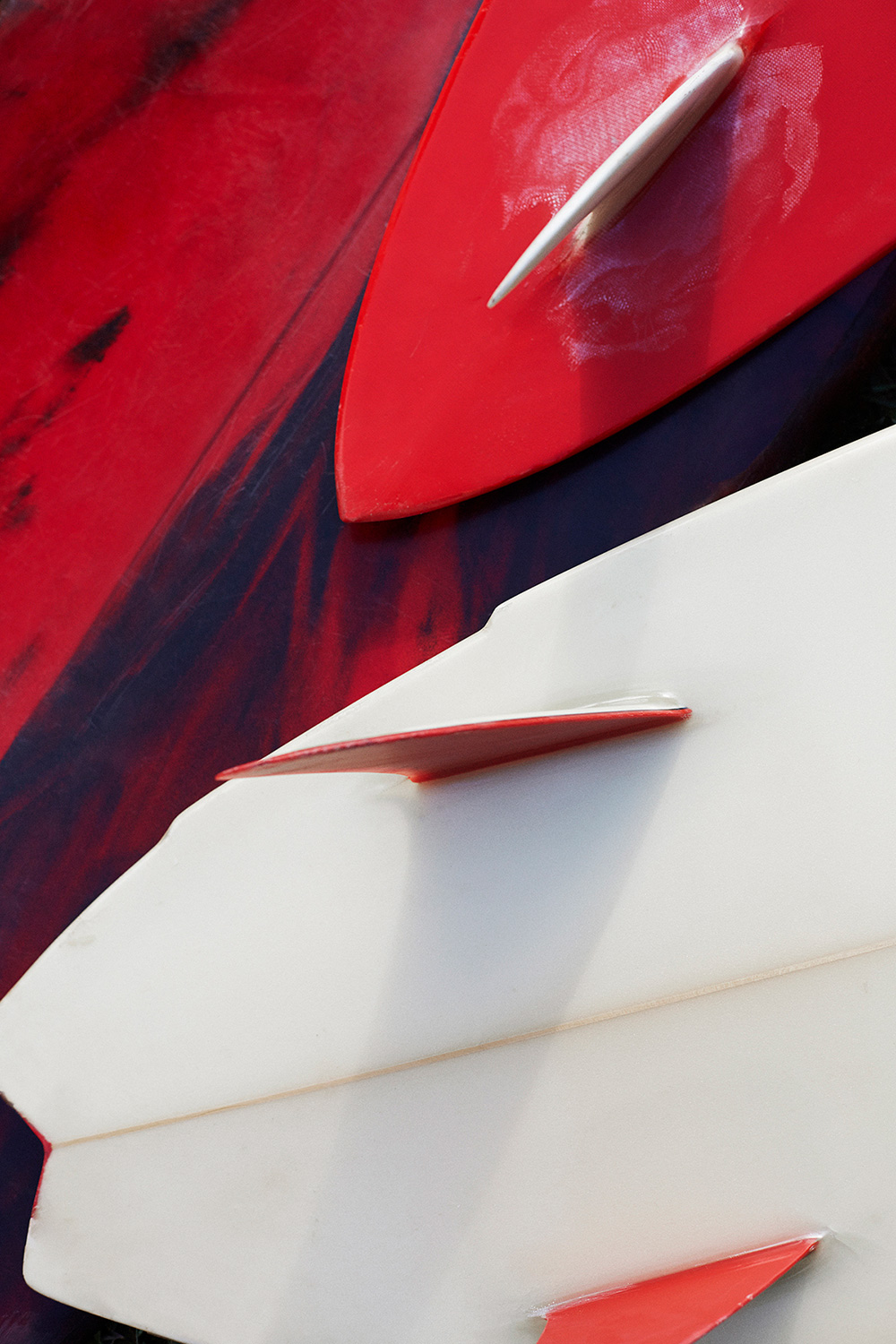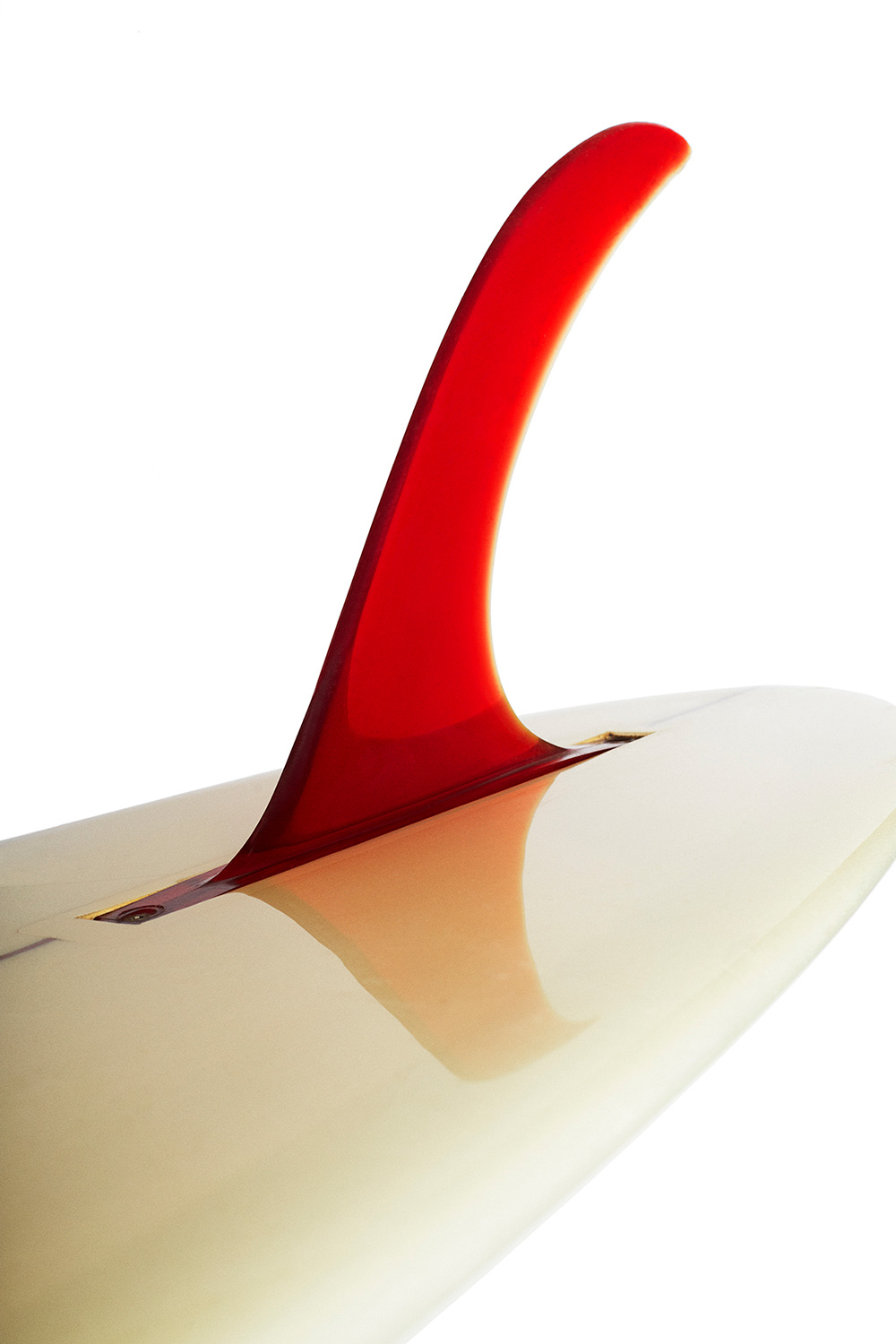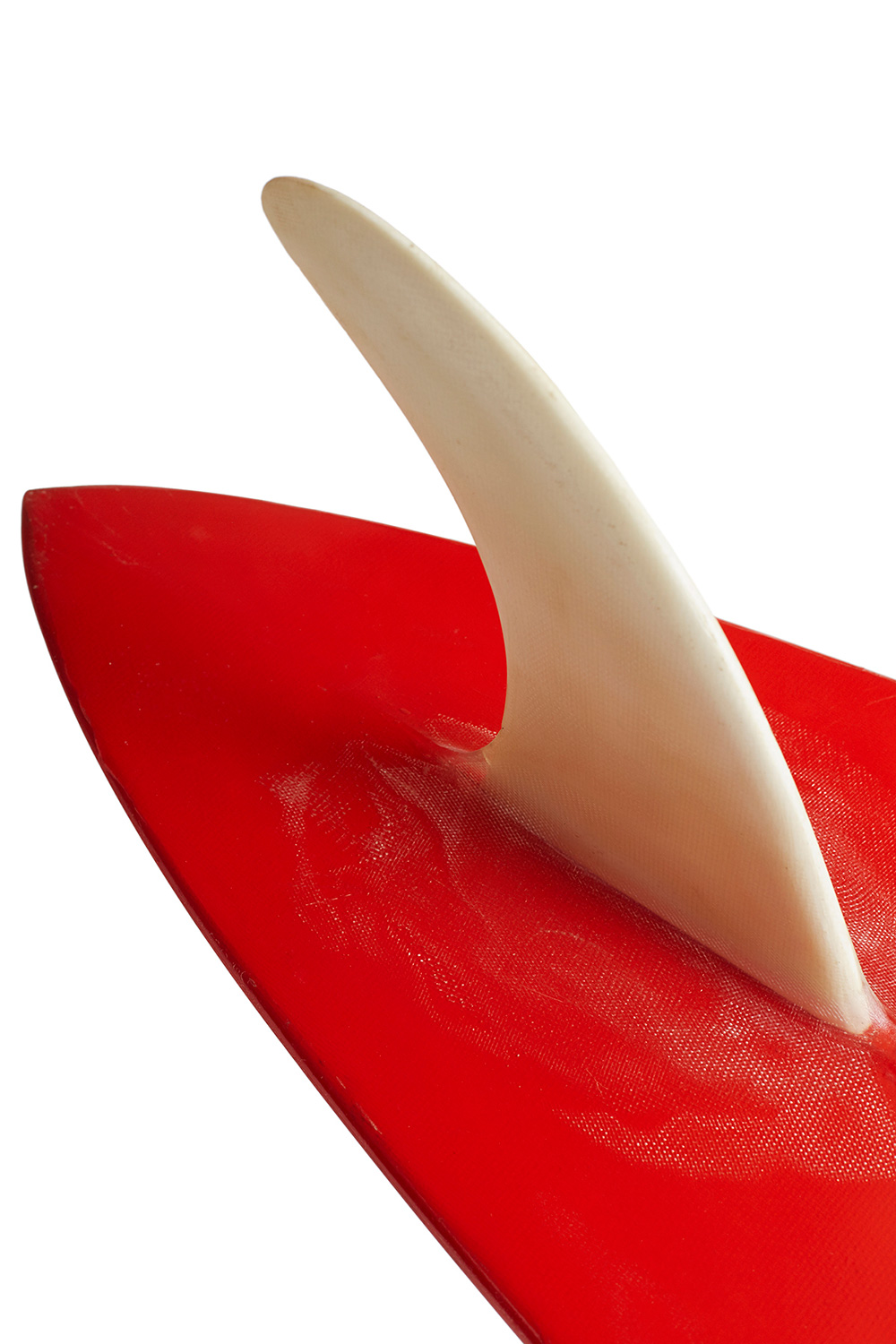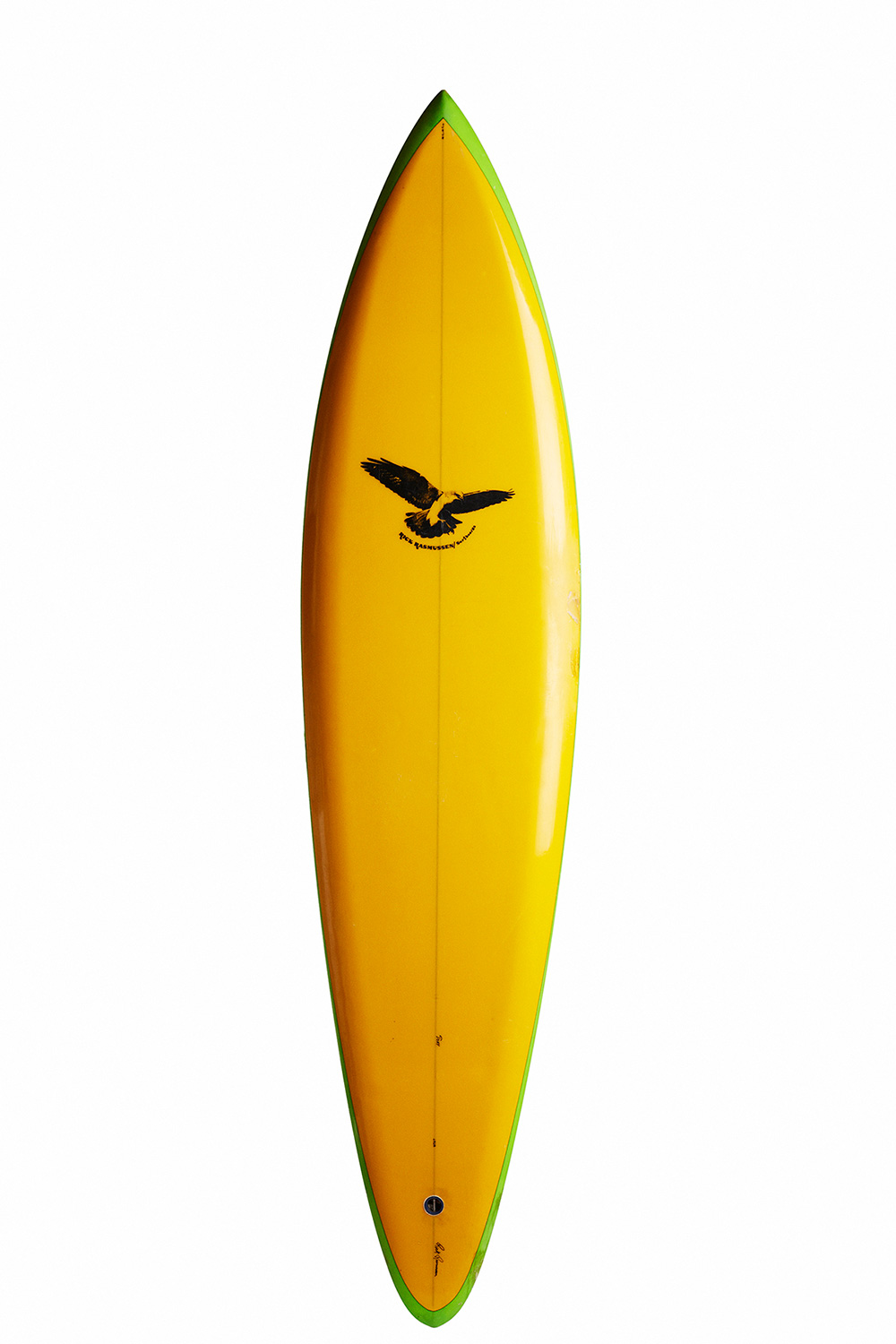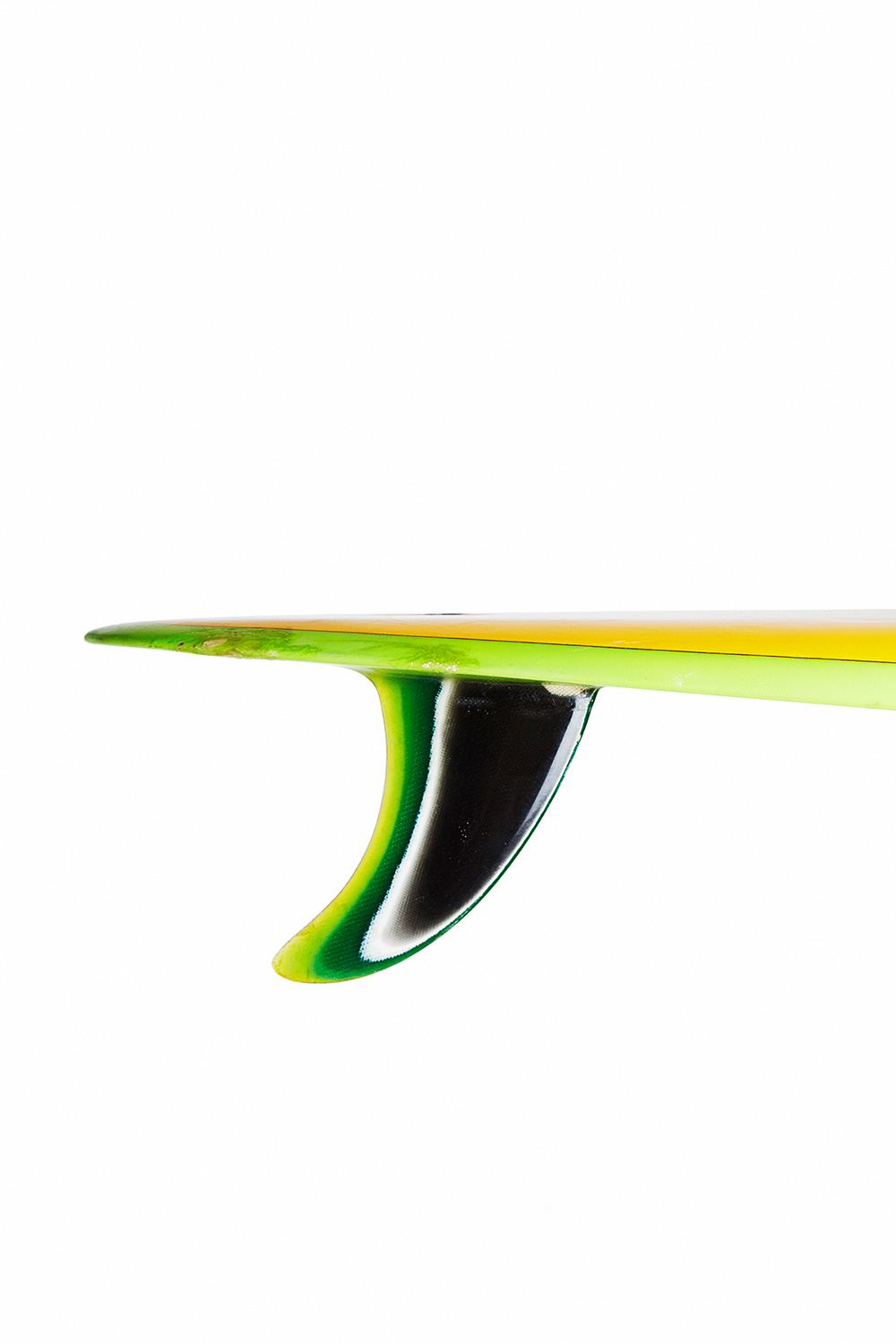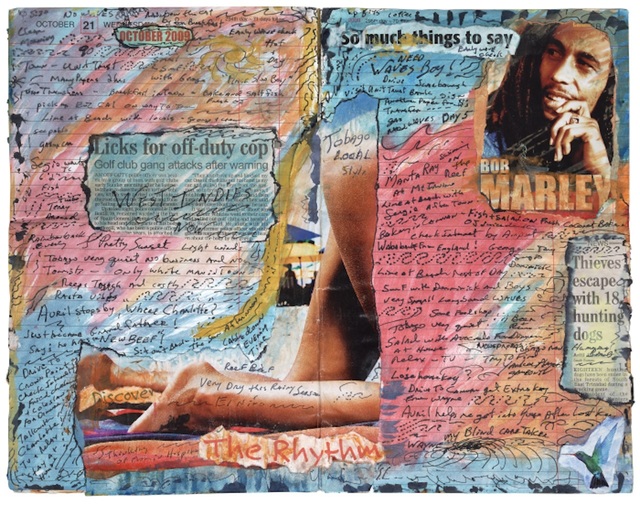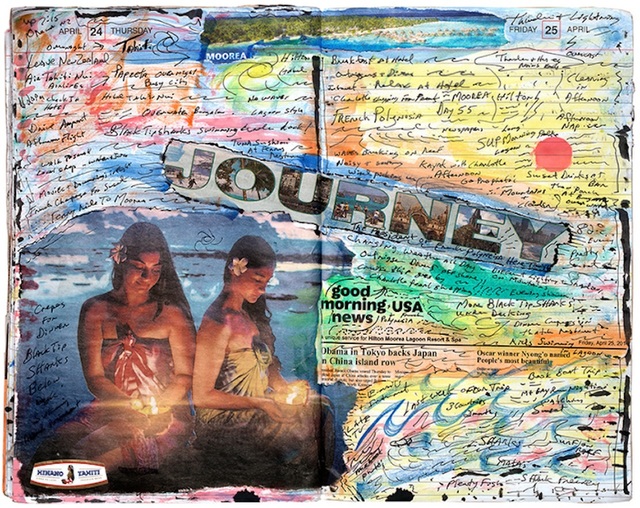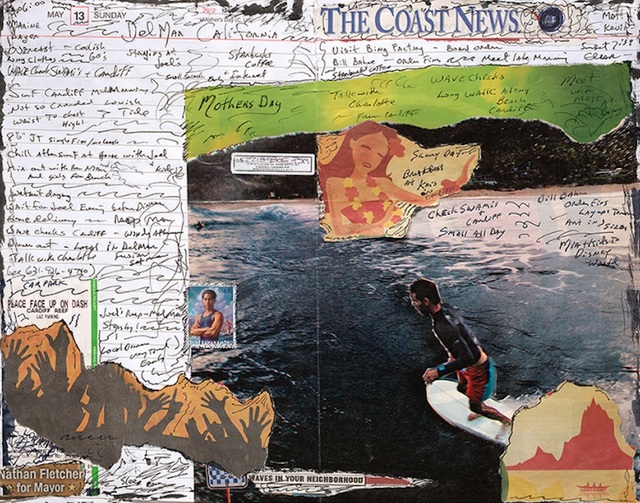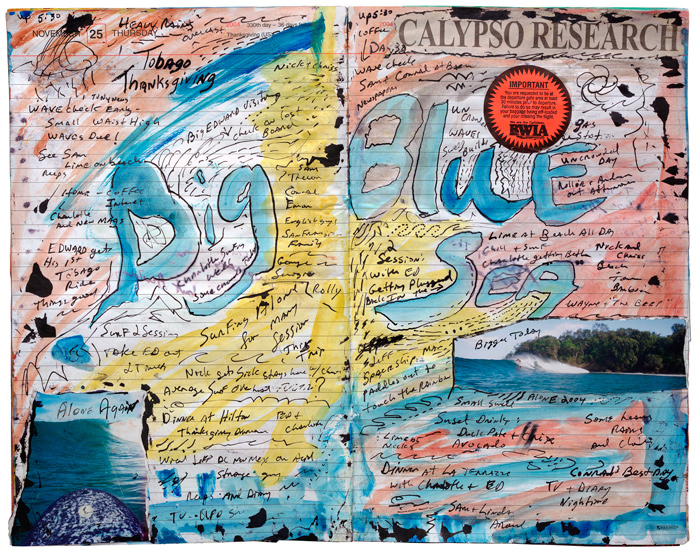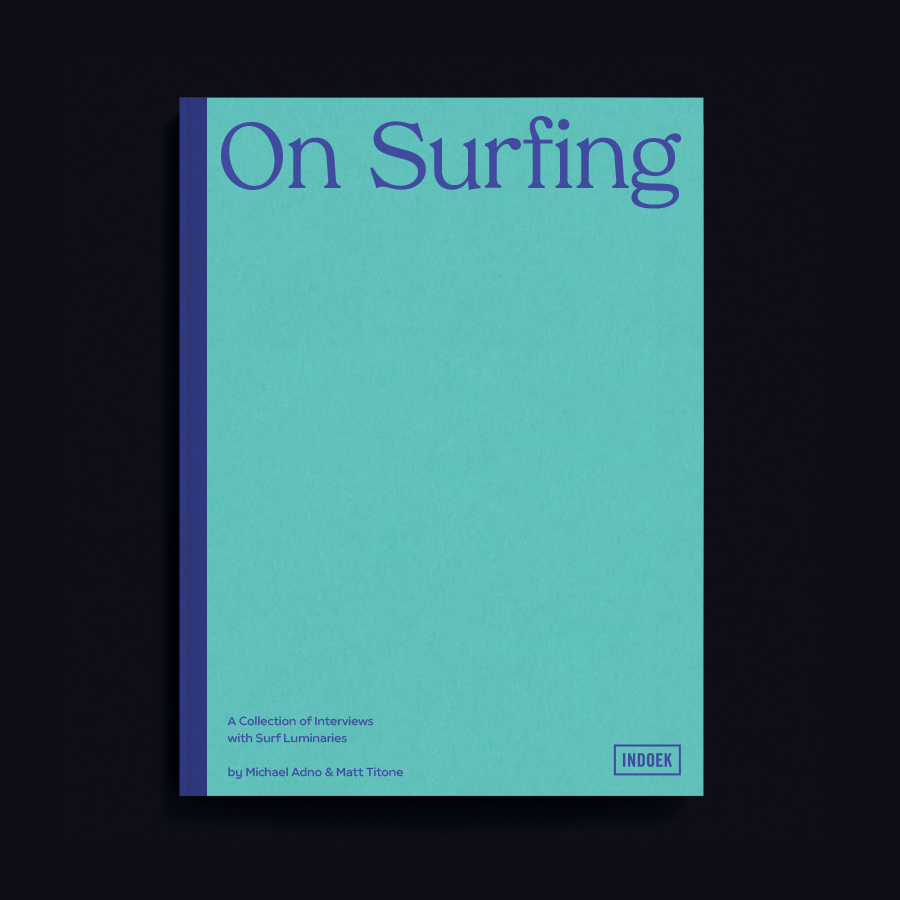Surf Shacks 051
Tony Caramanico
Montauk, NY
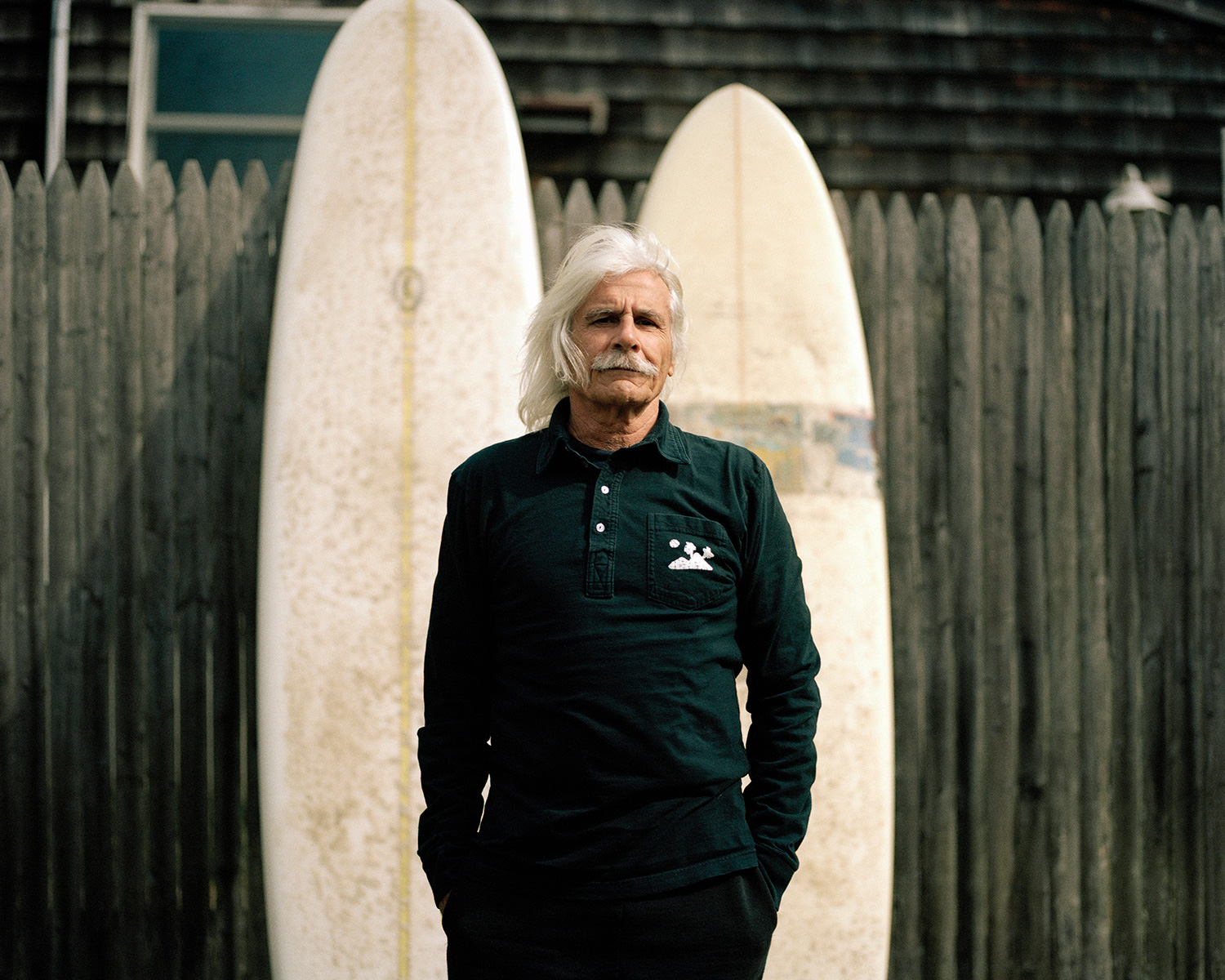
The day before this interview I told Julien we should make the three hour trip from New York City to Montauk to catch the tail end of a juicy swell. For one reason or another we didn’t, but when we arrived Tony made us pay. “Yesterday was unbelievable,” he said. “Seriously, as good as Ditch Plains gets.” Then he really cranked it up. “It was breaking from the trailer park all the way through the jetty, glassy, 10 people in the water, unreal. It was spectacular – it looked like somewhere else.” After recovering from a nauseating bout of envy, we settled in to ask Tony about his life as a pro longboarder and his enduring love for his home town, Montauk.

Who are you? Tell us a little about yourself.
I was born in 1950 and grew up in Amityville, Long Island. I started surfing in 1963 and started surfing year round in 1969 when I went to college in Florida. We didn’t really have the wetsuits then! They started giving a few wetsuits to surfers in magazines and that changed everything. Amityville was on the Great South bay – Gilgo was 10 minutes from my house by boat. Before I could drive I had a boat so that was how I used to get to the beach.
Where, when and how did you first learn to surf?
I worked at Beachcomber Surfboards in Amityville from when I was 13 and I was on surf team because I worked for the shop. They used to sell Dewey Weber Surfboards and Bing – they really had all the cool brands so I got to meet all these guys from when I was very young. I went on to surf for East Coast brands Bunger and Hannon and I have several of those old boards in my barn. I won my first contest in 1969 in Jacksonville, Florida when I had just turned 18. I think I won a Bing surfboard! I came back up to New York and it was the summer of ‘69.
You opened up a surf shop at a pretty young age…?
From around ‘71 onwards it was uncool to surf in contests so we did expression session contests – I had the first Steve Lis fish on the East Coast! So then I started my own surf shop, The Albatross, in Montauk. I also had a restaurant and a small motel and I did that for about seven years. After I sold my surf shop I ran into Peter Beard in a local restaurant and he invited me to come up and live at his estate, so I moved up there to work as a caretaker. It was a very loose tribe up there and basically we had a good time. We met everybody from the The Kennedy’s to the Warhols to the Rolling Stones. It was very low key out in Montauk, but that was a crazy wild time… That’s where I learned to keep journals.
Tell us about your journals – you’ve kept that going a long time, right?
I’ve been documenting my surfing lifestyle for 37 years. Nobody cared about it until the mid-nineties and then my generation, all of a sudden became the business guys. Most of the surf companies became multinational companies – huge ones, but they started out with a bale of pot and I saw it all… So I’m really happy that I kept those journals. I was in Indo when nobody was there, all over the Caribbean, Japan, Australia, traveling all the time. I lived through the longboards, shortboards and then longboards again.
How does the journaling thing work?
I use this one particular kind of business journal with a page for each day. I just start in the morning and keep adding things, writing on the day of that page. I would spend months in the Caribbean with no TV, so you had to do something… I spent a year in Indo with one and it became so thick I could hardly carry it and I was very worried about losing it. Now when I travel I tear out the pages for the days I’m going to be there and just take that. I usually buy kids paint sets and have a couple pens. I like to keep it real simple. I’ve used fountain pens also where you can blow the ink. People think I have a big studio or something but it’s just this. My artwork was kind of ‘discovered’ in 2001 and I’ve printed about 50 of the pages, but I have hundreds and hundreds of them. I’ve made some collages out of the pages too.
Can you tell us more about your pro surfing career?
I kind of laid low during the seventies and then in the late 80s I started competing again. In ‘87 a lightbulb went on and I got serious. I stopped doing everything else. I got my boards tuned up, started surfing all the time and traveled a lot. And then I started winning. There are so many aspects of competition. You don’t have to be the best guy in the water. You’re basically competing against the clock. But you gotta catch waves and you can’t fall! You have to hone it – you have to stay really focused. I would go out and just go crazy for 20 minutes. You also had to add to your repertoire. I could do these reverse fin takeoffs. I spent a month learning to take off like that, falling and falling until it started coming together – with no leash. I could pull it off 9 out of 10 times. Later on I learned to do helicopters in any size wave. Like you have to do for any sport, you break it down. That really helped to win contests.
Who else have you surfed for?
In ‘91 I entered my first pro contest at Manasquan Inlet, the Brave New World contest, and I won the longboard open. That same year I was invited to the Legends Classic in Costa Rica run by Greg Noll, which I won and then won again in ‘92. After I won the first one, Greg pulled me in and I represented Greg until 2001. I traveled a lot, especially to Japan and did a lot more contests. Then after that, Channin picked me up and I did that for the next ten years or so, when I developed my Tony Caramanico – Surftech Board. It’s got 70s soft rails and an 80s squash tail. It has a lot of rocker, and a lot of concave, but it’s narrower than most longboards. Then, two years ago Joel Tudor invited me under his label and I’m still with Joel.
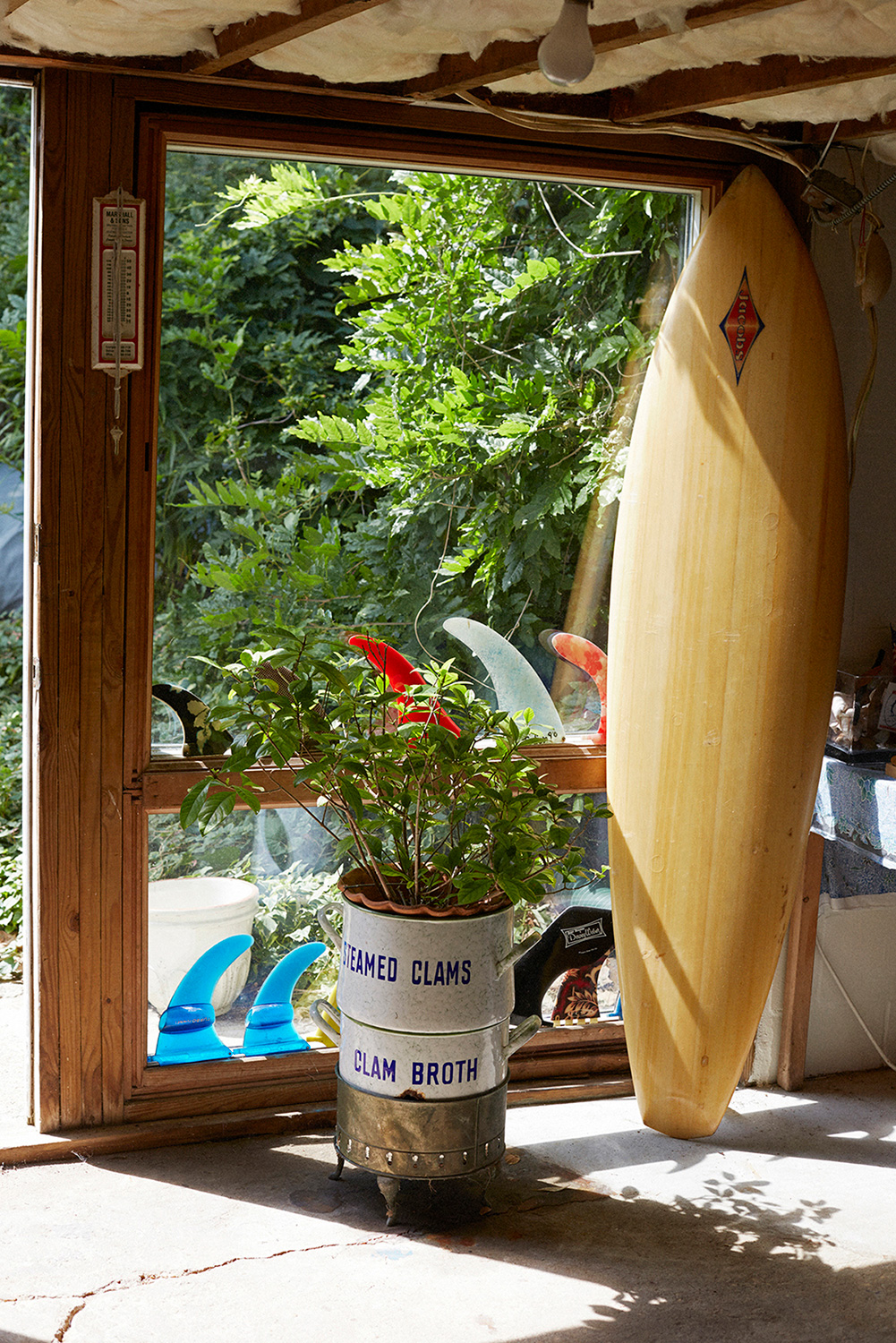
Can you tell us about a couple of these boards from your collection?
Montauk board builder Jim Goldberg made this beauty for Eric “bull” Olsen, for bigger waves. It’s a real piece of Montauk surf history. I acquired it from Eric and it is the only one like it. It was made in the late nineties, but it really represents board design from the late sixties and early seventies.
Any parting words of advice?
I’m happy I became a collector of surfboards, but I’m really happy I kept my journals and that I traveled so much. I just always felt I was turning my back on surfing when I was doing other things!
Order your copy of our “Surf Shacks®” book here:
